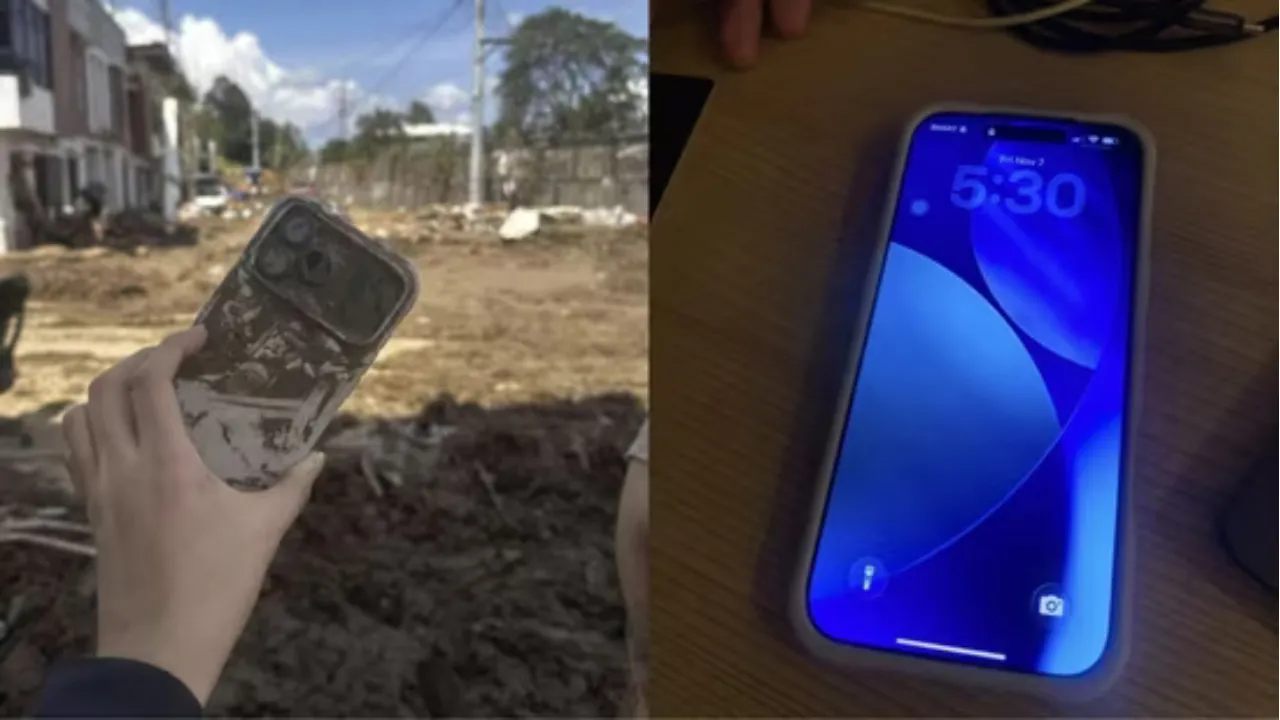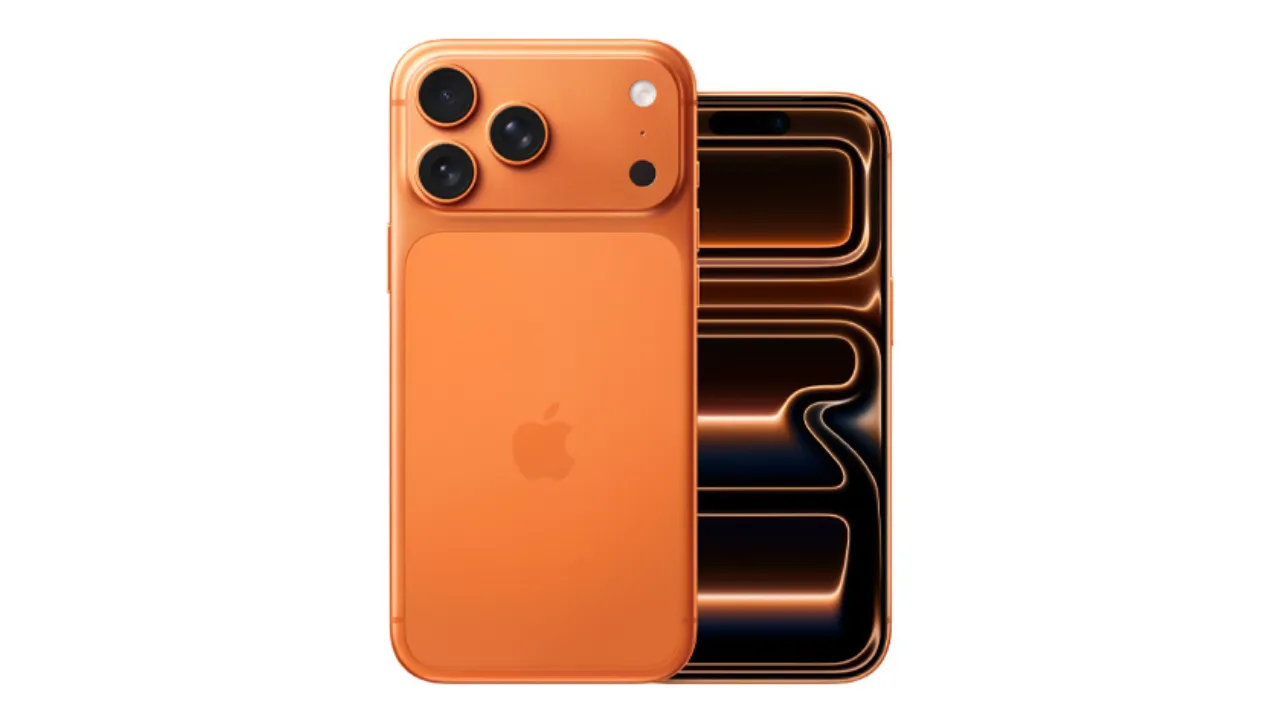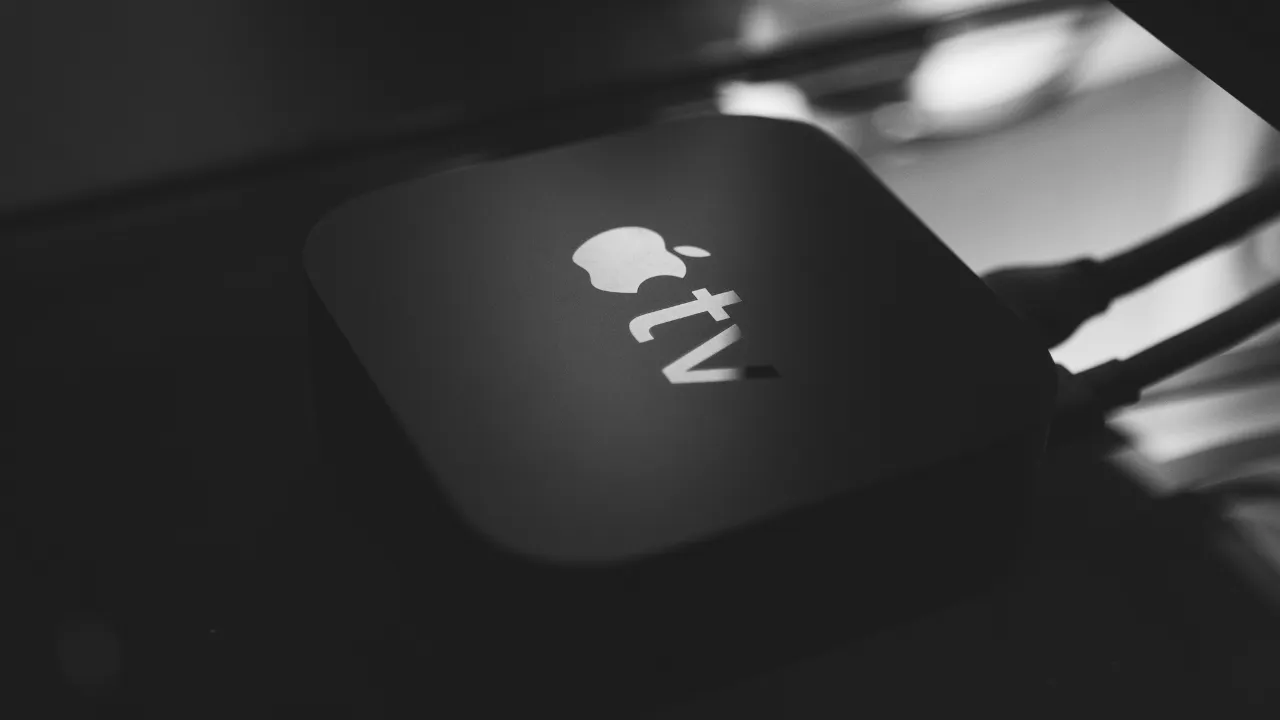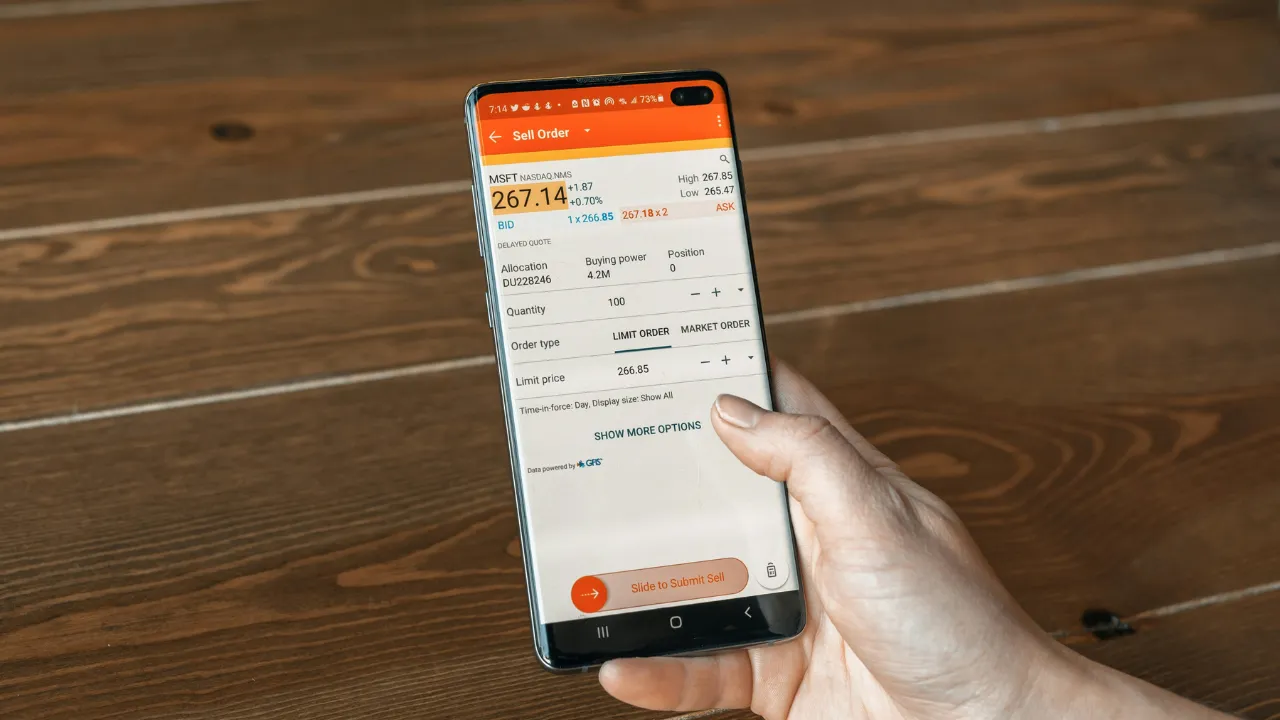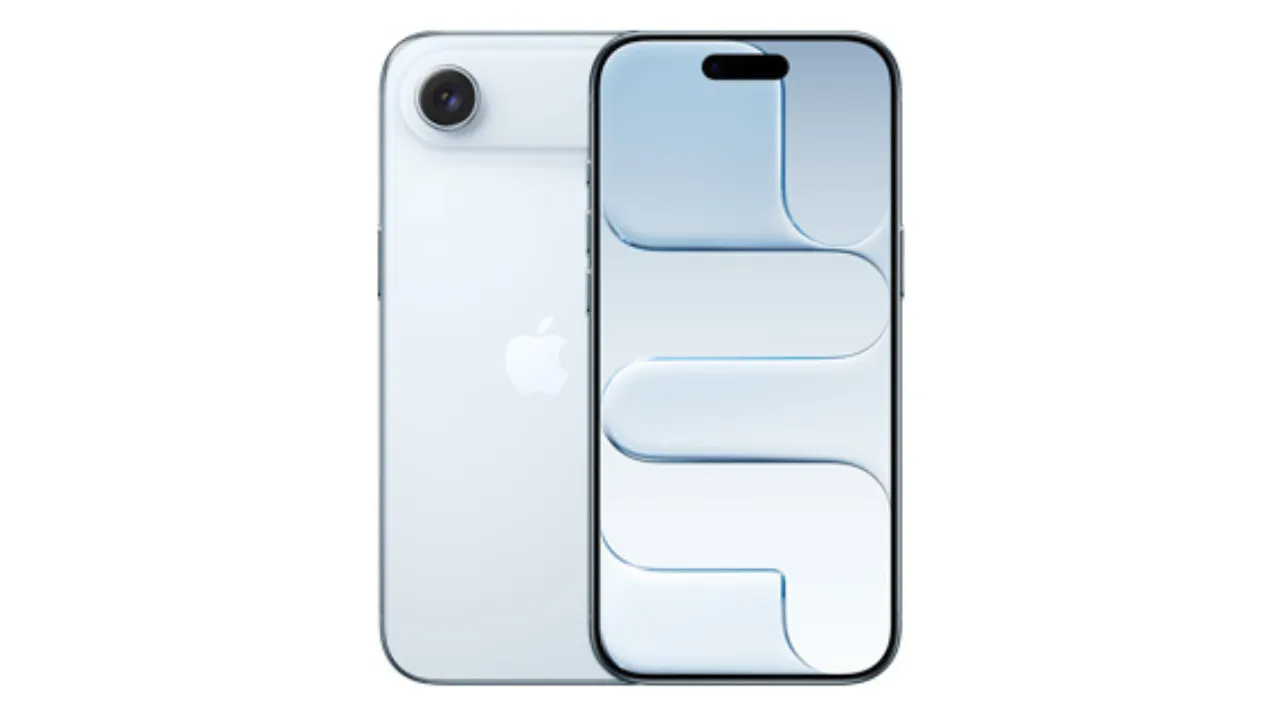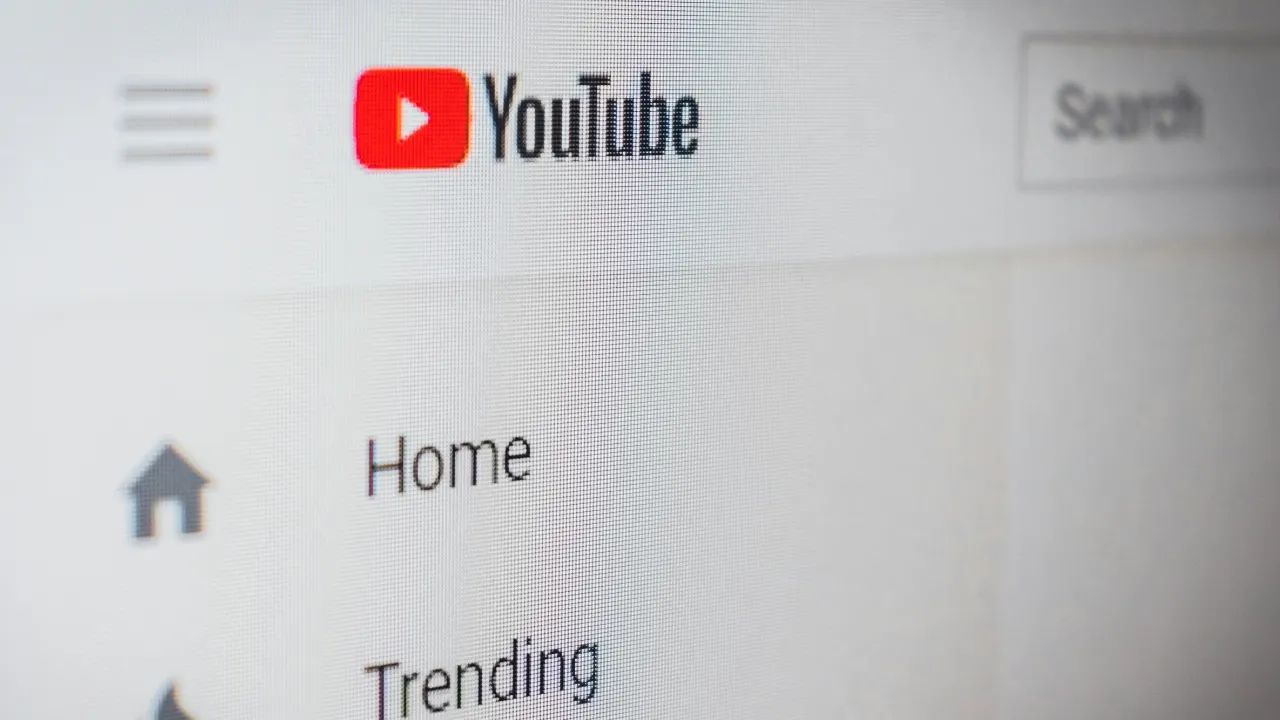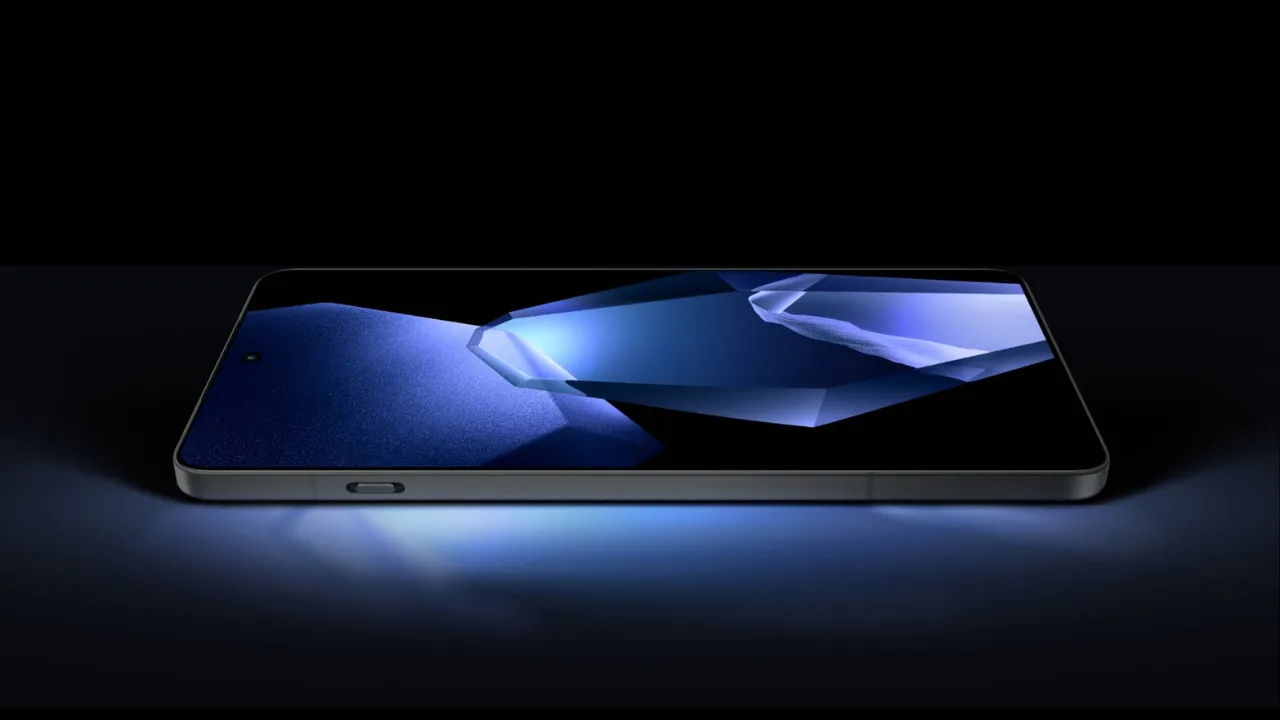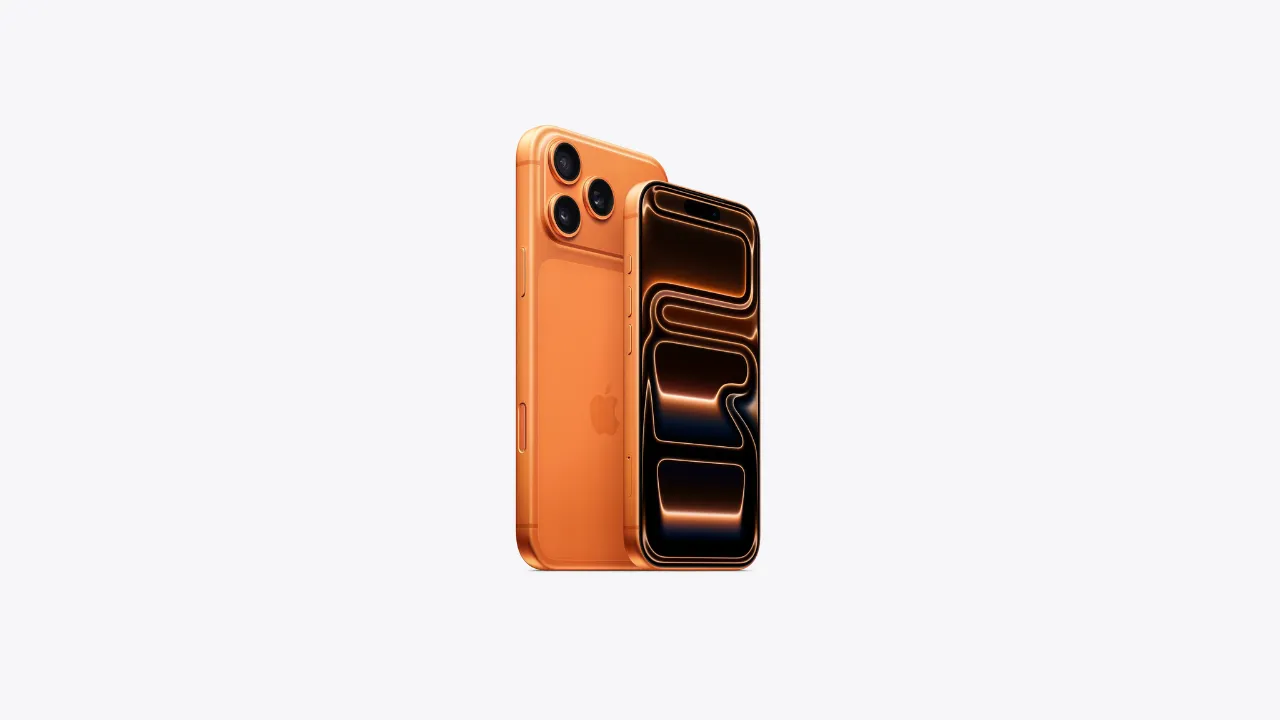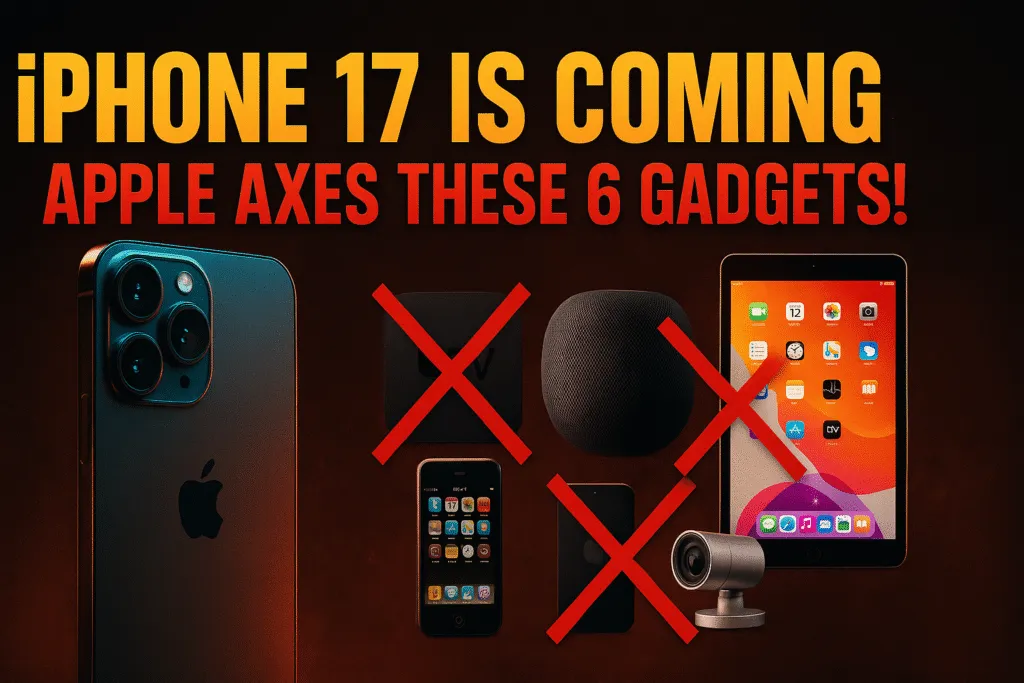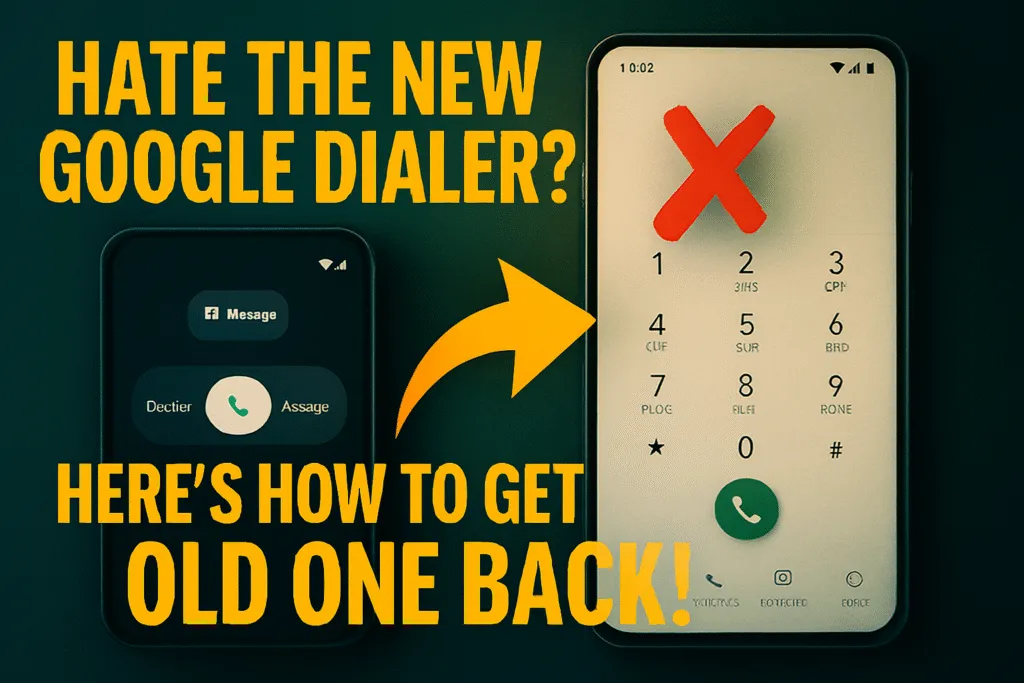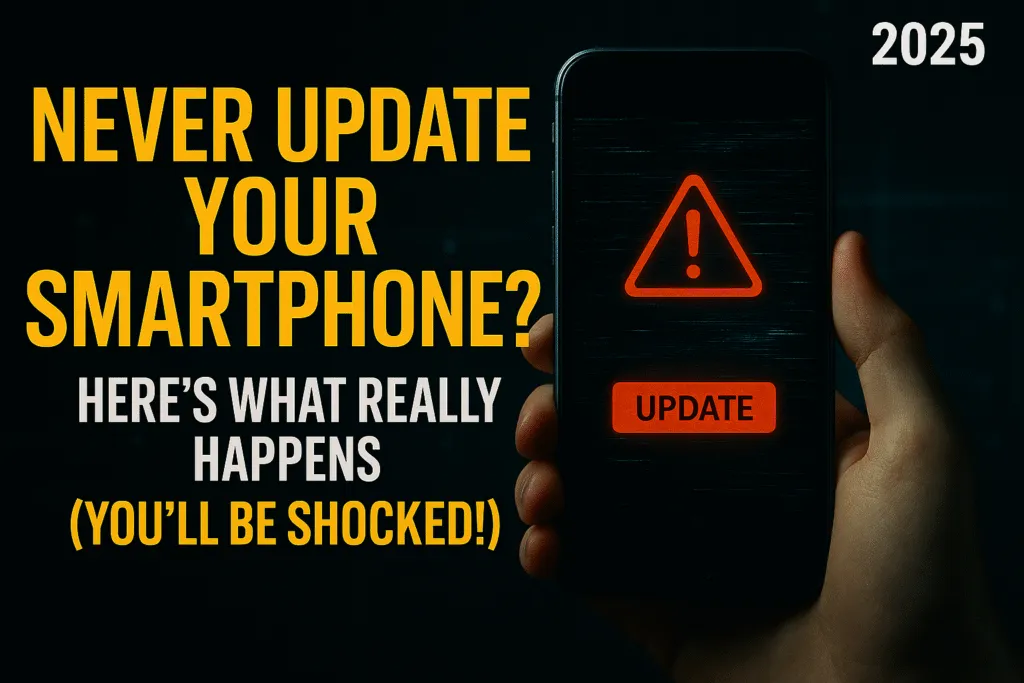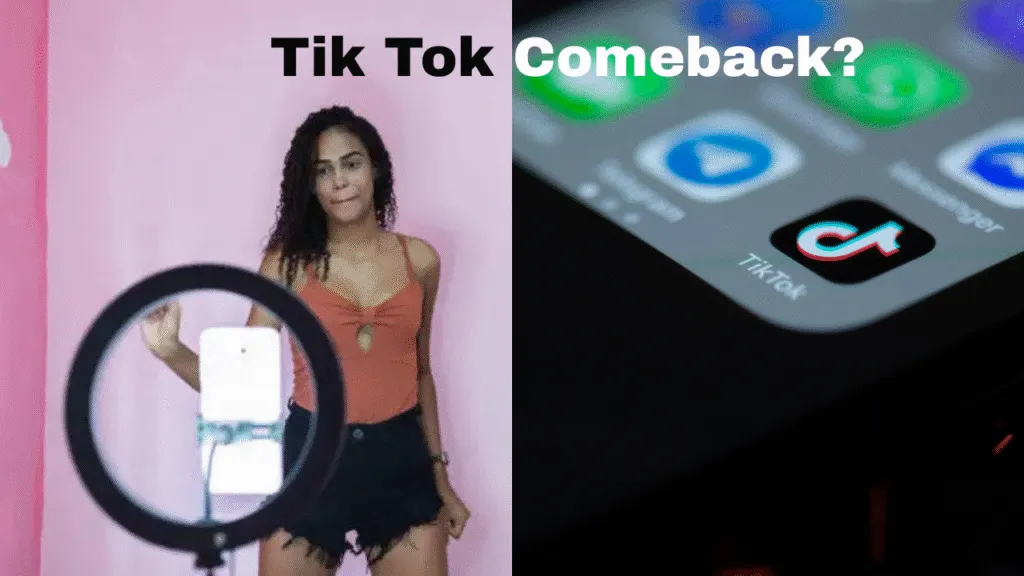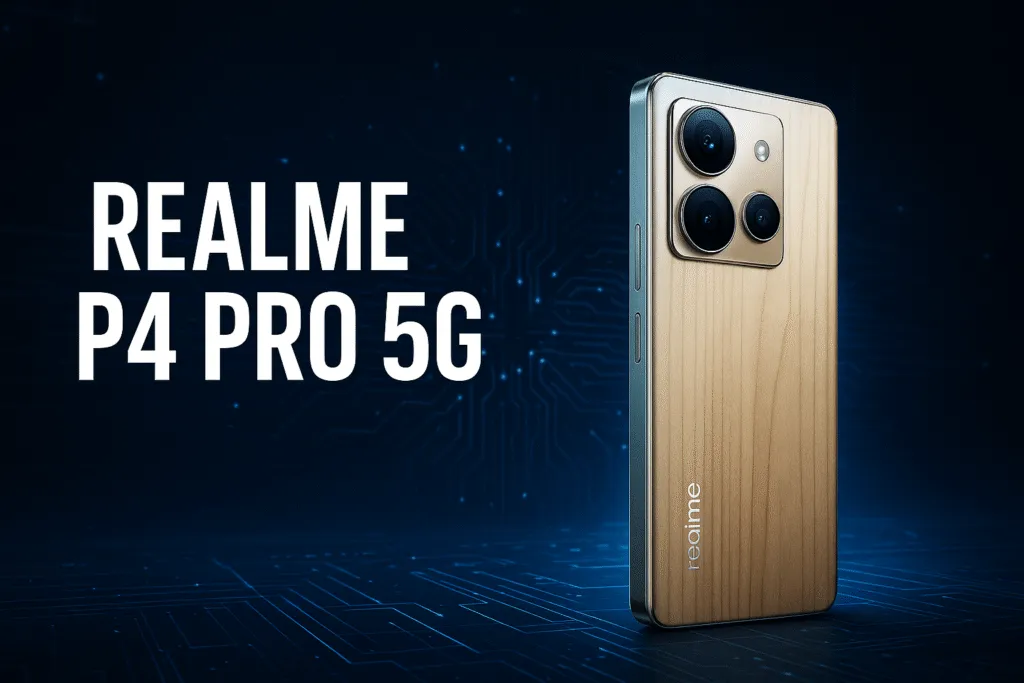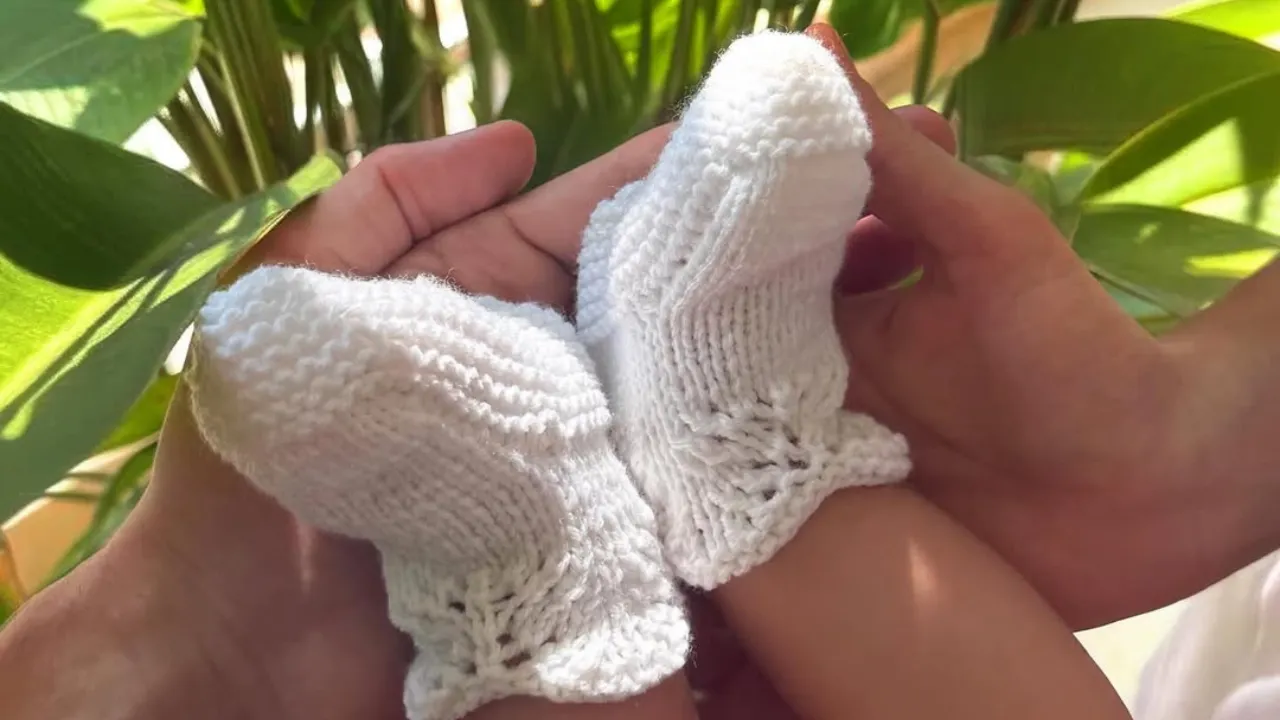iPhone 17 Pro found working after being buried in mud for 3 days in typhoon-hit Philippines
A viral post from the Philippines shows a surprising bit of good news amid tragedy: an iPhone 17 Pro reportedly survived three days buried in mud after Typhoon Kalmaegi and powered on once it was cleaned and charged. The story has captured attention because it highlights how far smartphone durability has come — and because it raises sensible questions: how did it survive, and what should you actually do if your phone gets soaked?
Below I break down the verified details, explain why this matters for phone durability, and give practical, expert-backed steps to follow if your phone meets water or mud.
What happened: the iPhone 17 Pro mud-survival story
A Reddit user who said they lost their home during Typhoon Kalmaegi in the Philippines shared that their iPhone 17 Pro (some reports say Pro Max) was swept away in floodwaters and later found half-buried in mud about three days after the storm. After rinsing off the mud and charging it, the phone reportedly powered on and worked with no visible damage. The post and photos circulated widely on social platforms and were picked up by multiple news outlets.
Because the account comes from a social post, major outlets noted the claim as user-generated and emphasized that independent verification was limited. Still, screenshots and images shared online match the claim and drove widespread reaction praising the handset’s resilience.
Why the iPhone 17 Pro surviving matters for durability claims
Apple and other manufacturers test devices under controlled conditions and assign ingress protection ratings. The iPhone 17 Pro series carries an industry-standard IP68 rating, which in lab tests covers limited submersion (typically up to 1.5–6 meters for 30 minutes depending on the model and Apple’s published specs). Real-world floodwater, packed mud and days of exposure are far harsher than lab tests — so a device working after three days in muddy floodwater is outside guaranteed limits and shows how design margins sometimes exceed official specs.
That said, many journalists and tech writers stressed the bigger point: the owner’s survival and safety are what truly matter. The device’s survival is remarkable, but it’s not a warranty — and long-term corrosion or invisible damage can still appear later.
What could explain the phone still working?
There are a few plausible reasons:
- The phone may have been inside a protective case that reduced mechanical impact and limited direct mud ingress.
- IP68-rated seals (and conservative manufacturing tolerances) can sometimes prevent contaminants from reaching sensitive components for longer than lab-tested durations.
- The device may have landed in an area where water exposure was less aggressive (e.g., trapped in thick mud with limited movement), reducing the corrosion and pressure stresses.
None of these guarantee long-term reliability, so the phone should still be monitored for issues like battery degradation, audio problems, or corrosion-related failures. Several tech outlets covering the incident noted these caveats while praising the phone’s apparent resilience.
If your iPhone gets wet or buried: practical, Apple-backed steps
If you ever face liquid or mud exposure, follow these authoritative steps rather than myths (like “rice cures everything”). Apple’s support pages and reputable tech guides recommend:
- Unplug and power off — If the device is plugged in, unplug it and power it off if possible. Do not try to use charging cables while the connector is wet.
- Remove excess liquid — Gently tap the phone with the port facing down to let water drain; don’t poke the port with objects. Leave it upright in a well-ventilated area.
- Avoid heat or compressed air — Do not use hair dryers, ovens, or compressed air — these can push moisture deeper or damage components.
- Don’t rely on rice — Apple explicitly advises against putting an iPhone in rice; rice grains and dust can harm connectors and don’t reliably speed up drying.
- Wait before charging — Apple suggests waiting at least several hours (and in some cases up to 24 hours) and ensuring the Lightning or USB-C connector is completely dry before attempting to charge. There’s a “Liquid Detected” alert that will block charging until ports dry.
- Get a professional check — If the device shows odd symptoms later, contact an Apple Store or authorized service — liquid damage often isn’t covered under standard warranty, but a professional can check corrosion indicators and advise on repair or replacement.
Following these steps reduces risk of immediate damage and helps salvage a device — but remember that even when a phone powers on, latent corrosion can appear later.
What this story means for buyers and survivors
The iPhone 17 Pro mud-survival story is an impressive anecdote about engineering resilience, but it shouldn’t be taken as a promise. Manufacturers design safety margins, yet extreme conditions remain risky and unpredictable.
If you’re buying a new phone and durability matters, consider:
- IP rating as a baseline, not a guarantee.
- Using ruggedized cases if you work around water or heavy weather.
- Backing up data often — the most important thing lost in disasters is information, not the hardware.
The human element also matters most: the Reddit poster’s survival and recovery after Typhoon Kalmaegi are the real priorities. The phone’s survival is a small victory amid a serious disaster. Global media coverage has amplified that hopeful detail while also reminding readers that natural disasters cause deep human and infrastructural harms that go beyond gadgets.
Bottom line
Yes — multiple outlets reported that an iPhone 17 Pro (some sources specified Pro Max) was found working after being buried in mud for three days following Typhoon Kalmaegi. The account originated on Reddit and was picked up by mainstream tech and news sites; it’s an extraordinary example of resilience beyond official IP68 lab conditions. But it’s still a user-generated claim, so treat it as a remarkable anecdote rather than a guaranteed outcome.
